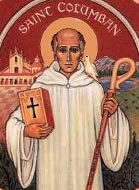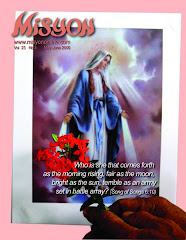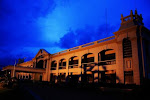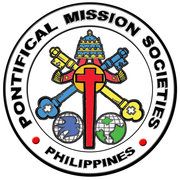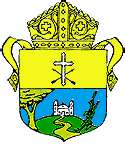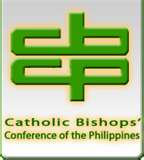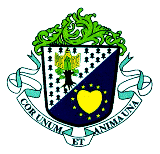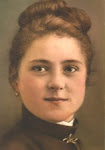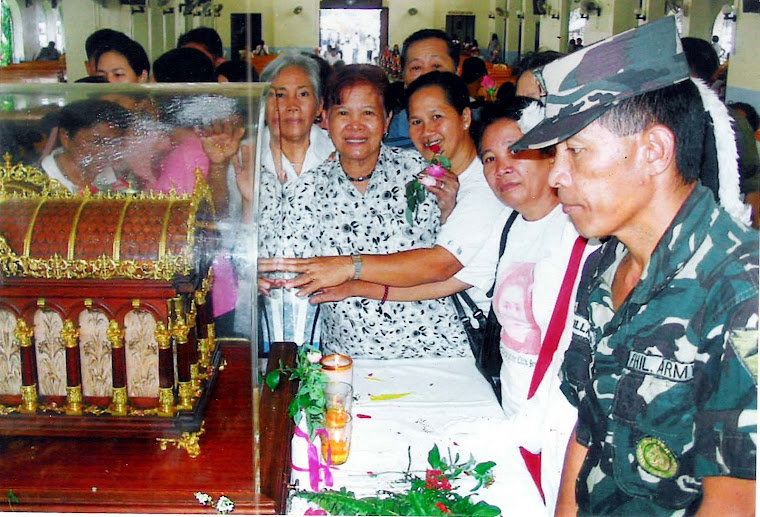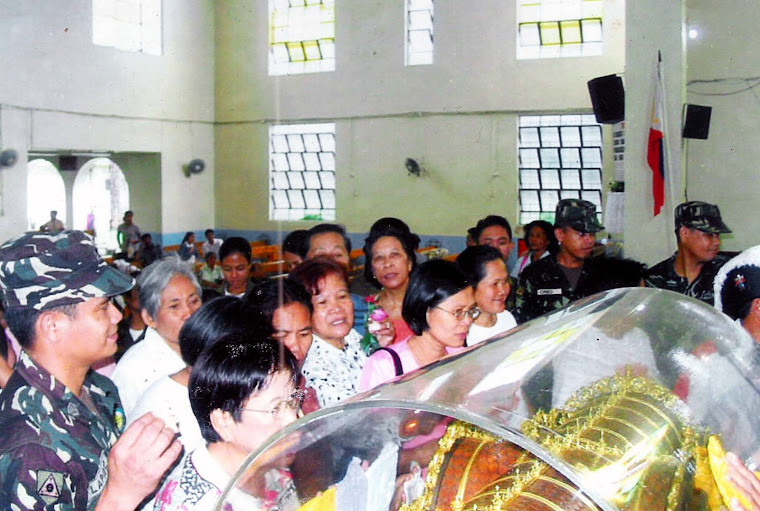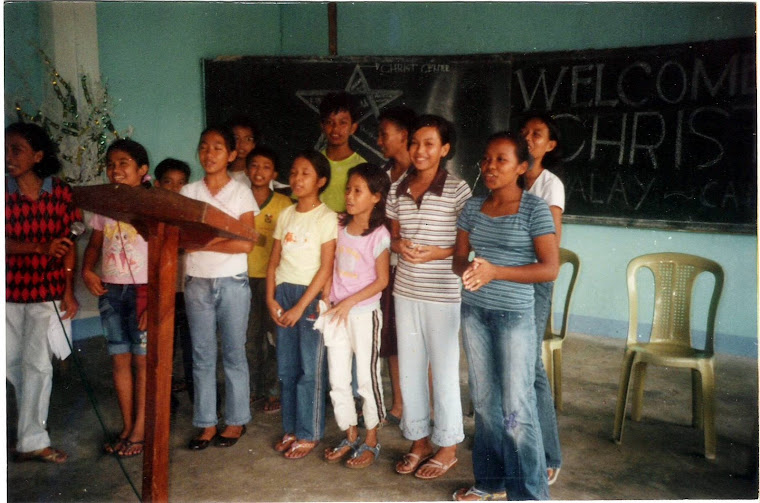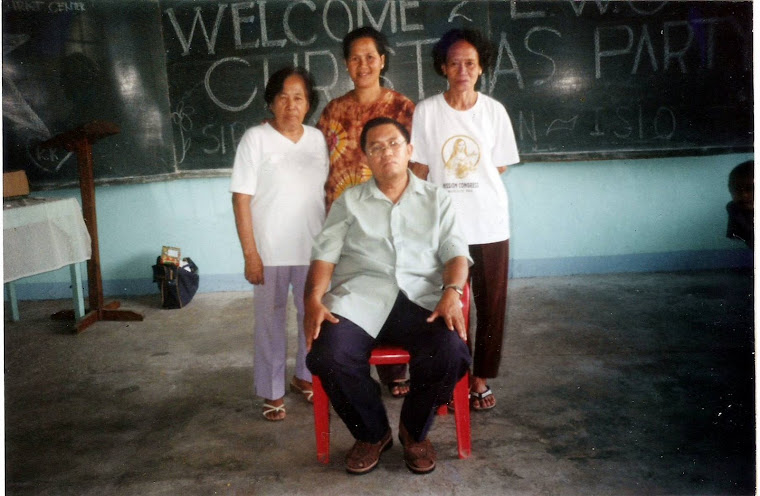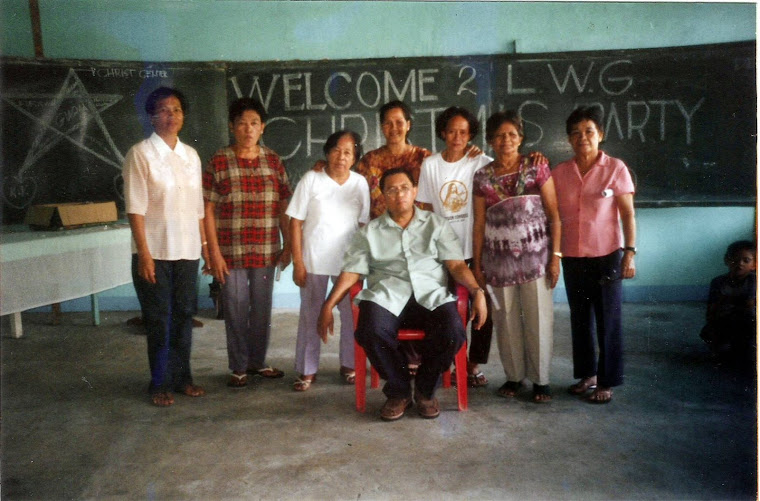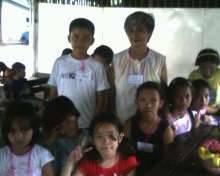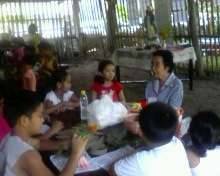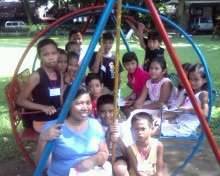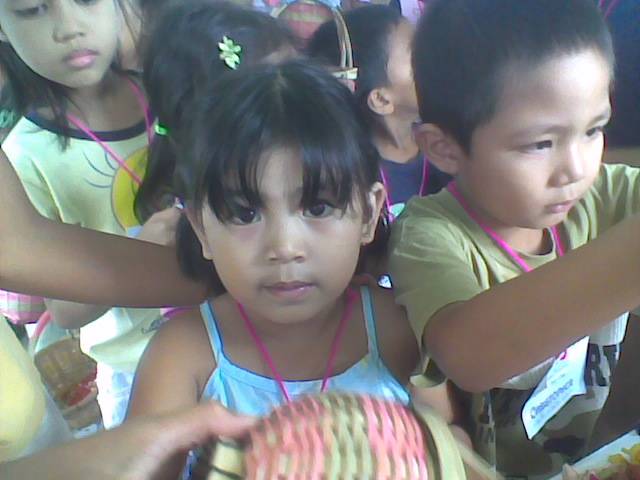The Apostle Paul started out as Saul, Pharisee and persecutor of the Christian Church. What happened to transform his life?
The Apostle Paul, author of much of the New Testament, started out as Saul, tentmaker, Pharisee and persecutor of the Christian Church. What happened to transform this man's life and what does it mean to me 2000 years later?
The story of Saul's conversion begins with the stoning of Stephen. Stephen preached Christ boldly and was drug out of town and stoned to death. Acts records that Saul was there and in full support of the stoning. (Acts 8:1) Saul was an enemy of the Church and a persecutor of its believers. "As for Saul, he made havoc of the church, entering into every house, and haling men and women committed them to prison." (Acts 8:3)
Saul went to the chief priests and got permission to go to Damascus to hunt for Christians. His intention was to find them and haul them back to Jerusalem to prison. He set off and when he got close to the city, a bright light surrounded him. "And he fell to the earth, and heard a voice saying unto him, Saul, Saul, why persecutest thou me?" (Acts 9:4)
Saul was terrified "And he said, Who art thou, Lord? And the Lord said, I am Jesus whom thou persecutest." (Acts 9:5) Paul asked the Lord what he should do and was told to continue on into the city; he would be told there what to do. Those traveling with him had seen the light and heard the voice, but didn't see who spoke. Saul arose from the ground and discovered that he was blind. His companions led him the rest of the way into Damascus.
Saul remained blind and didn't eat or drink for three days. A believer named Ananias lived in Damascus and the Lord spoke to him in a vision telling him to go to Straight Street to the home of Judas where he would find Saul of Tarsus. This frightened Ananias for Saul's persecution of believers was well known. "But the Lord said unto him, Go thy way: for he is a chosen vessel unto me, to bear my name before the Gentiles, and kings, and the children of Israel:" (Acts 9:15)
Saul had also had a vision from the Lord; his vision was of a man named Ananias laying hands on him and his sight being restored. When Ananias arrived and laid hands on Saul, scales fell from his eyes and his sight was restored. Saul was filled with the Holy Spirit and was baptized. He stayed on in Damascus for several days and preached Christ in the synagogues. (Acts 9:18-22)

































